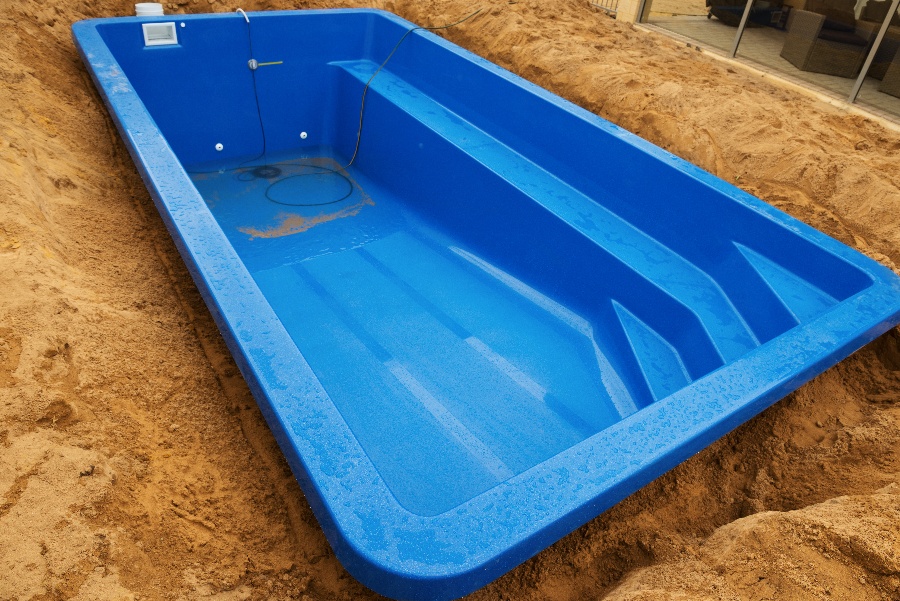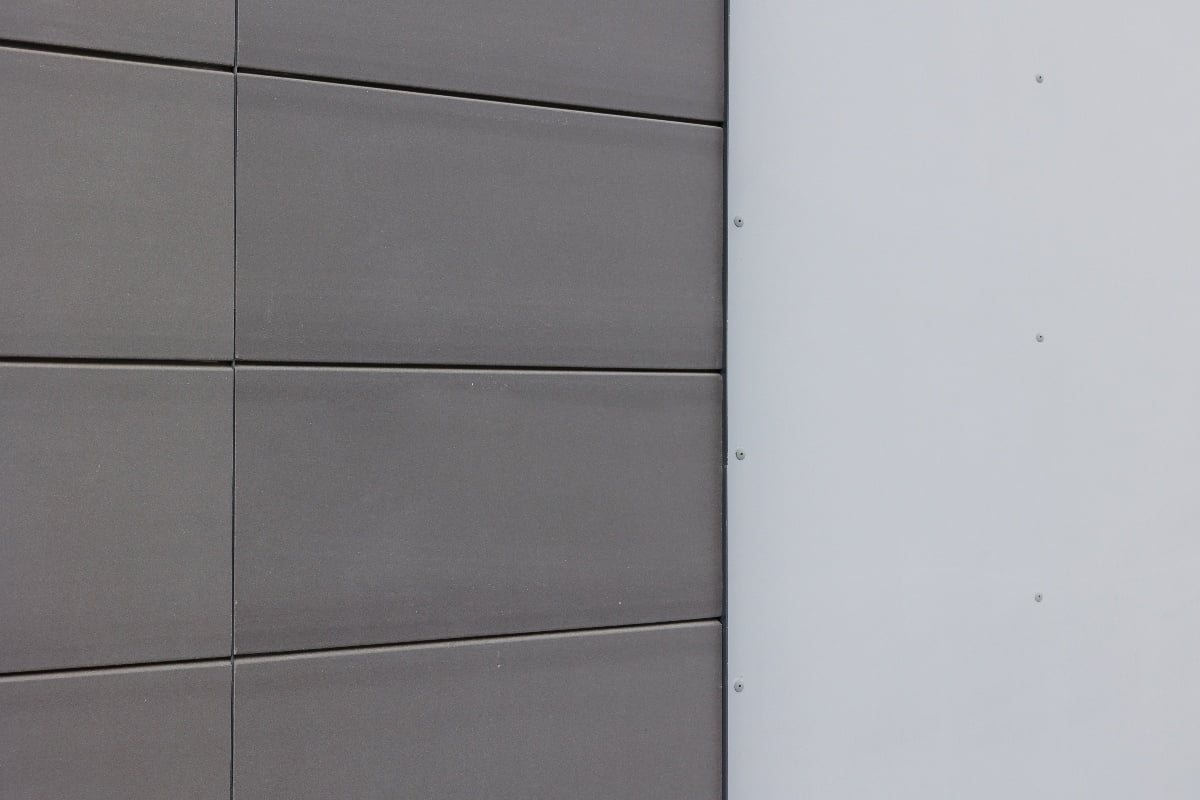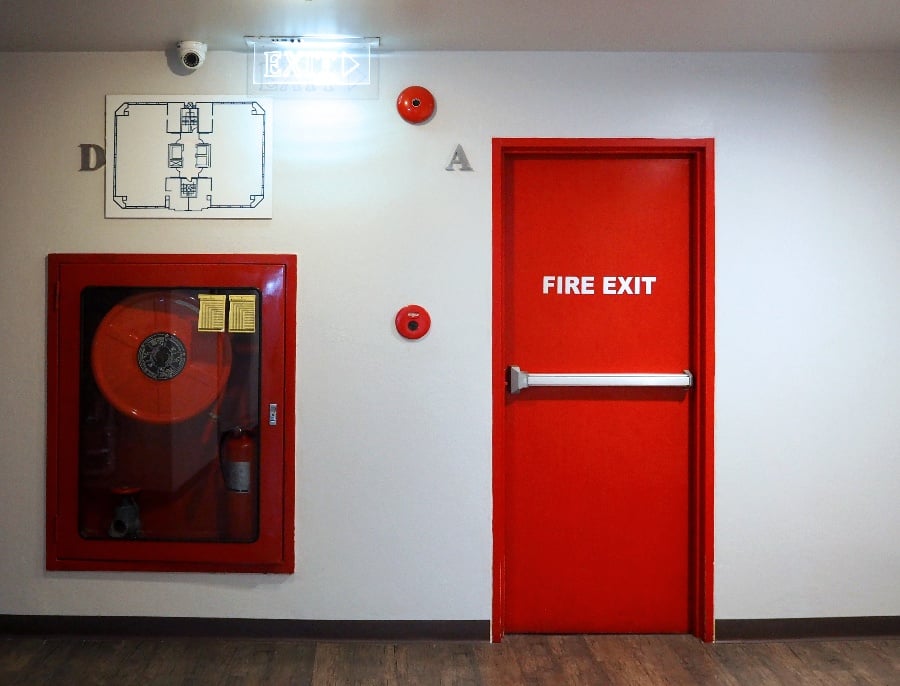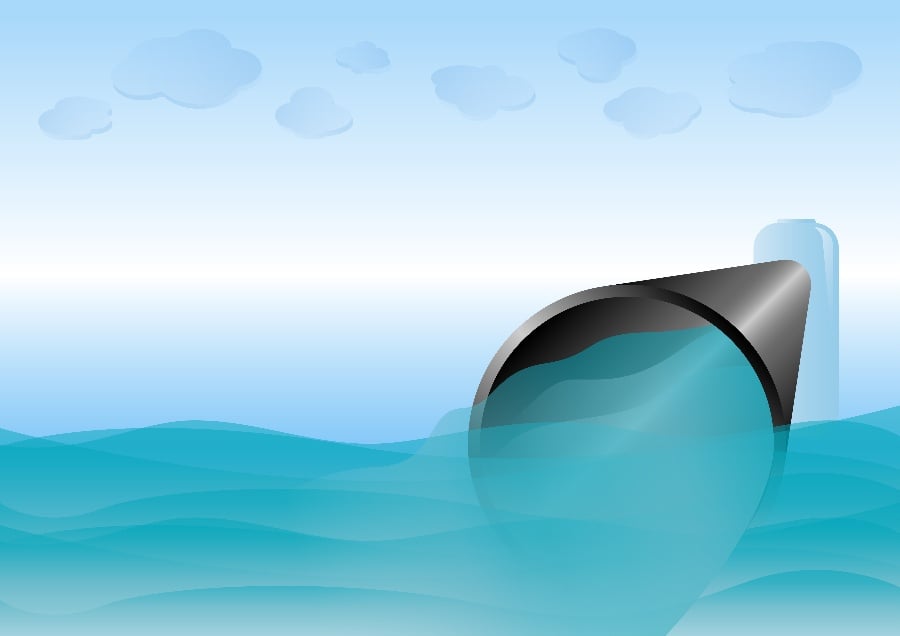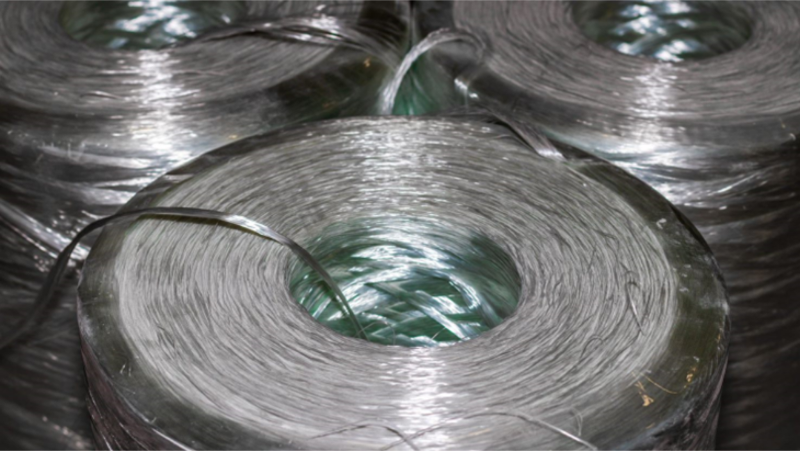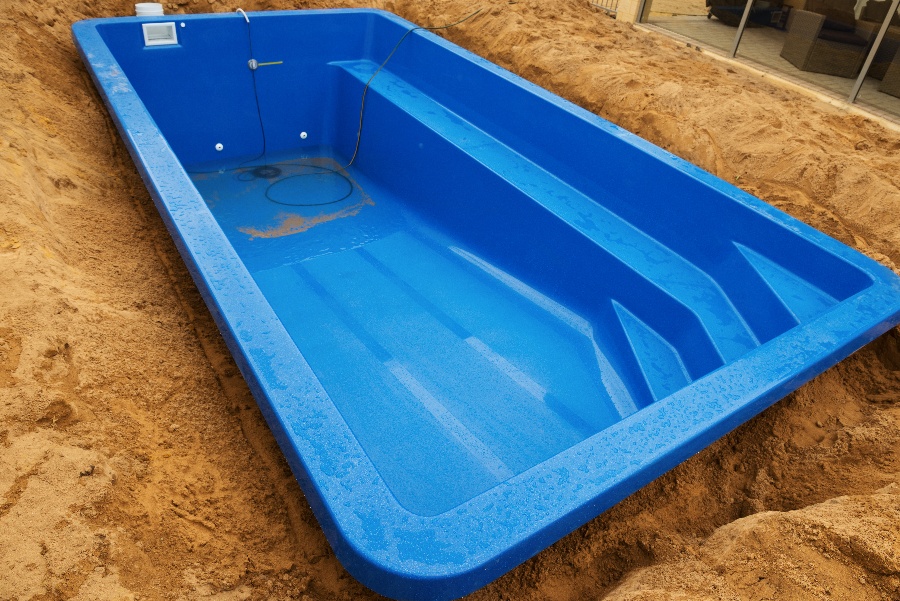
We don’t know about you, but we’re feeling ready for summer. In our part of the country, summer means plenty of hot, humid days where getting into a pool seems like a really good idea.
If you happen to be looking forward to summer too and are considering installing a pool at your home, you’re probably wondering which kind of pool is best. When it comes to inground pools, the two options most people are considering are concrete and fiberglass. In this article, we want to present the pros and cons of each in the hopes of giving you some clarity in your decision.
Most of what you’ll find on the internet is written by pool manufacturers and installers. They can be a good source of information, but they are also trying to sell you something. We don’t sell or install pools, but we do know a lot about fiberglass. We thought it would be interesting to explore this area a bit and see what insights we might contribute.
The Basics of Concrete and Fiberglass Pools
It would be helpful to start with a basic description of each of these types of pools in terms of the materials and construction techniques involved.
A fiberglass pool is a shell constructed off-site using a mold. Fiberglass is a composite of glass fibers and a resin that binds them together. The glass fibers add reinforcement to the hardened resin, yielding a plastic-like substance that takes the shape of the mold used. The inside of the shell is finished with a gel coat, a smooth layer of resin that forms the finished surface.
This shell is transported to the installation site where a hole of the appropriate shape and size is excavated. The shell is then situated securely in the hole using some combination of concrete, gravel, and sand to support it when the shell is filled with water.
A concrete pool is built on-site and also begins with excavating a hole. A rebar frame is created to establish the desired shape onto which concrete is sprayed to create the structure of the pool. (You may encounter the terms “shotcrete” or “gunite,” which refer to the technique used here.)
Once the structure of the pool is set, the inside surface will receive a finished treatment to help seal the porous underlying concrete. The most common way to do this is to apply a dense coat of mortar called plaster. Other options are using an exposed aggregate (this is basically mortar with a lot of small stones mixed in) or tile.
Though the techniques and materials are quite different, both routes get you to the same end result: a hole in the ground with water in it. But which one should you choose? Keep reading to find out what you should keep in mind.
Costs
This is usually one of the first questions we ask when considering a major project like the installation of a pool. It is always helpful to remember that costs can be broken up into three different areas: initial costs, maintenance costs, and lifetime costs.
Initial costs: All the sources we looked at online tended to agree that the initial installation costs are similar for the two types of pools, with concrete probably being a bit more expensive. A minimum you can expect for a professionally-installed pool of either type is something in the ballpark of $50,000. Needless to say, the upper end depends upon the size, finish, options, etc. You can easily spend twice this figure.
Maintenance and operational costs: Everyone agrees that maintenance costs will tend to be higher for concrete pools. One reason for this is that they use more chemicals. It takes a bit more intervention to maintain the proper chemical balance in a concrete pool because of the chemical properties of concrete.
Another reason is that concrete pools need to be resurfaced periodically. Depending upon the size of the pool, this can cost quite a lot (in the $10,000 range). How often this needs to be done will depend upon a number of factors, including the climate, how well it is maintained, and which surfacing material was initially used.
On the other hand, fiberglass pools sometimes need to be resurfaced as well. Again, whether this need will arise depends upon the initial quality of construction, maintenance, and climate.
One interesting property of fiberglass is that it is a great insulator. As a result, it costs less to heat a fiberglass pool. If you are considering a heated pool, the cost savings here could really add up over time.
Lifetime costs: The lifetime costs for a pool consist of the total costs divided by its service life. To figure this out, we need to know how long each pool lasts. Here the difference seems to be significant. Fiberglass pools are good for around 25 years while concrete pools can last 50 years or more.
As you can see, there are a number of things to consider. A high-quality concrete pool with a durable finished surface (like tile), is going to last a lot longer than a fiberglass pool and probably have a lower lifetime cost. On the other hand, a high-quality fiberglass pool could be more cost-effective than some concrete pools. This certainly seems true on a medium time horizon.
Maintenance
Besides costs, a potential pool owner will also want to consider the maintenance required. We have already said a bit about this in the section above, but here we’ll touch on another important element: algae.
If you’ve ever had a pool (or a fish tank), you know one of the challenges with standing water is keeping it clean and free from algae growth. Concrete pools are at a disadvantage here (at least those with a plaster surface), because their porous surfaces provide an ideal environment for algae to grow. As a result, they often have to be scrubbed and treated with harsh chemicals to keep algae growth at bay.
The smooth gel coat of a fiberglass pool, in contrast, resists algae formation and is therefore much easier to keep looking clean.
Customizability
One possible downside of a fiberglass pool is that the available shapes are limited. Since they are created in pre-made molds offsite, you will have to choose from the shapes the manufacturer supplies. They are also limited to 16’ in any direction because of the need to transport them over the roads.
Concrete pools can be made in just about any shape, size, or depth. So if that kind of flexibility is a high priority for you, concrete is probably the way to go.
Durability
Both concrete and fiberglass can be pretty tough materials. We touched above on expected lifespan and noted that concrete should last longer. But here we’d reiterate that this always depends upon the quality of the materials used, the competence of those who install them, and the diligence of maintenance.
Fiberglass pools have a more durable surface that should require little to no maintenance over the life of the pool. (And some fiberglass pool manufacturers claim a pool life of closer to 50 years.) On the other hand, concrete pools have a more durable structure that can last a lifetime.
A big reason why, by the way, is that the structure of a concrete pool is much thicker. The amazing strength of fiberglass allows for the creation of a shell structure that is typically less than ½” thick!
Conclusion
So which kind of pool should you choose: concrete or fiberglass? As you have seen in this article, there isn’t a simple answer. Each one has certain strengths and weaknesses. You’ll want to consider what matters most to you; For instance, do you prioritize lifetime costs or ease of maintenance? Hopefully, we’ve given you a place to start as you plan your pool.
At Tencom, fiberglass is our business. The same combination of amazing strength, lightness, and design flexibility that allows manufacturers to create pool shells allows us to create many other products useful in a wide variety of industries. Want to find out what fiberglass may be able to do for you? Contact us today.

